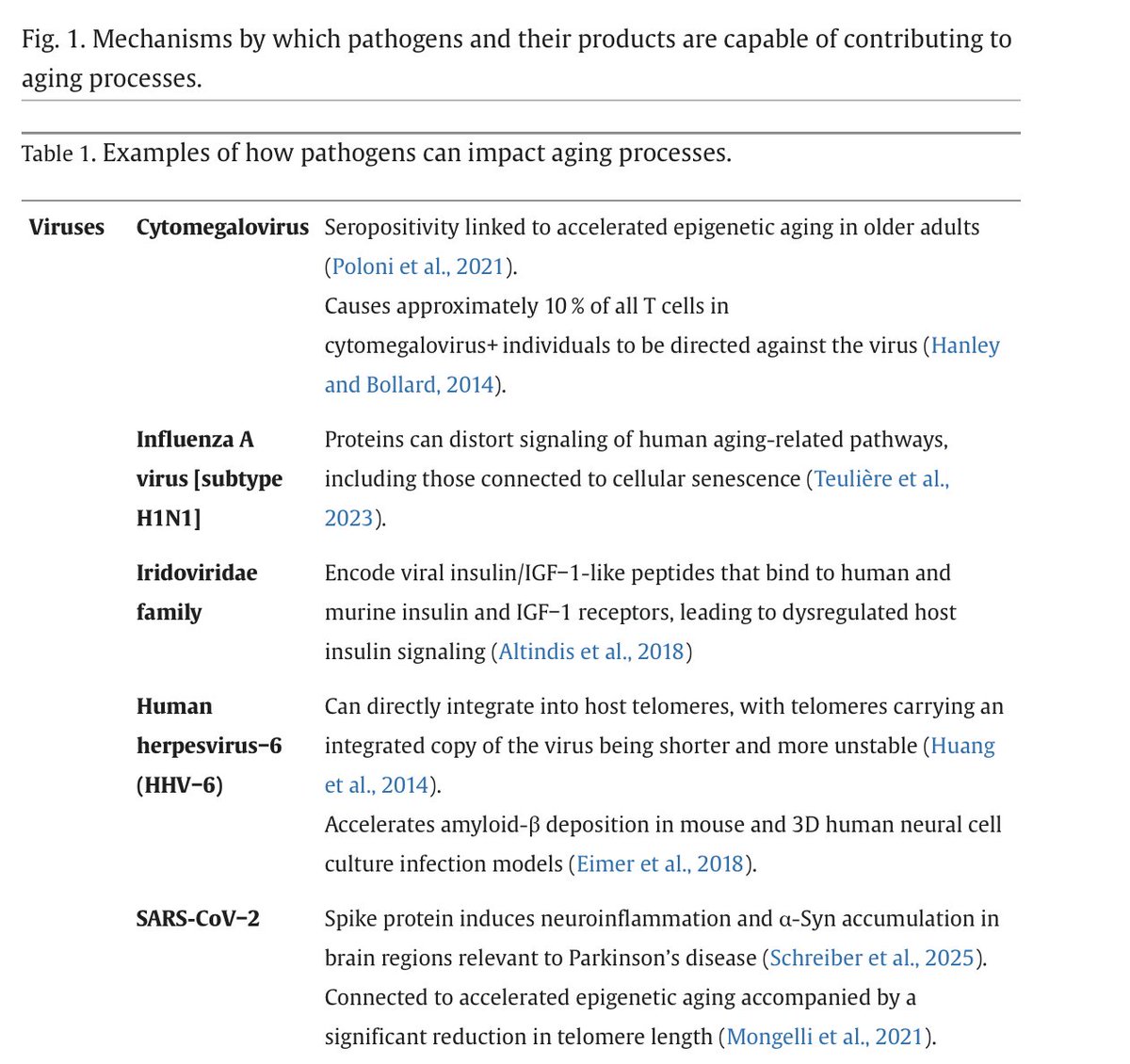This pilot study found that certain strains of #bacteria in Parmesan cheese (which are derived from cattle gut, milk and the local #environment) can colonize + persist in the guts of people who consume the cheese on a daily basis: nature.com/articles/s4146… 



2/ The findings suggest that globalization must be impacting gut #microbiome composition in a growing # of people 👉 Think how an average USA supermarket imports cheese + other #foods from around the globe, meaning people are often consuming an “international” mix of #organisms
3/ I wonder if, in some people, the #gut is not prepared for influxes of so many different global organisms, and/or lacks #immunity against certain strains 👉 If yes, that cld partly explain why people who “eat locally” (their #food comes from the same area) sometimes feel better
• • •
Missing some Tweet in this thread? You can try to
force a refresh








